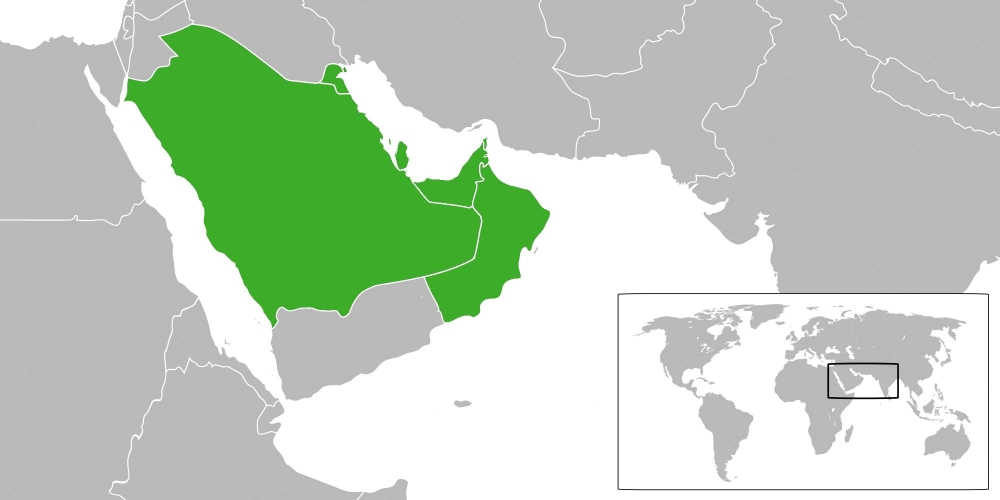The Gulf Co-operation Council (GCC) countries contributed over 35% of all emerging-market (EM) US dollar debt issued in the first quarter (Q1)-2025 (excluding China), up from around 25% in 2024, and this is likely to continue growing during 2025–2026, according to Fitch, an international credit rating agency.
The GCC debt capital markets (DCMs) are likely to collectively expand on the back of funding diversification, project financing, budget deficits, maturities, and regulatory moves. However, the region is not shielded from global macroeconomic and financial market uncertainty, it said in a report.
The GCC DCM continues to be fragmented among its six member countries in its maturity, depth, and credit profile, with Saudi Arabia and the UAE the most mature. In Kuwait, Qatar, Bahrain, and Oman, the lack of a link with international central securities depositories such as Euroclear or Clearstream partly hinders foreign-investor participation in the local-currency DCMs.
In Saudi Arabia, foreign investors account for a growing share of government local issuances, at 7.7% of the investor base at end-Q1-2025 (2024: 4.5%).
The US tariff-related volatility and faster-than-anticipated Opec+ production cuts have put pressure on oil prices (forecasted at $65 a barrel in 2025 and 2026), which could affect fiscal revenue in the GCC and increase borrowing, including through the DCM, it said.
While public finances in Bahrain and Saudi Arabia have more exposure to lower oil prices, Oman is better positioned, and Qatar, Abu Dhabi and Kuwait have large assets to buffer against sustained oil price declines.
Fitch projects that US Federal Reserve interest rates will drop to 4.25% by end-2025, with GCC central banks likely to mirror this trend. Many GCC banks and corporates are likely to continue diversifying their funding through DCM issuances.
The size of the GCC DCM passed $1tn outstanding (all currencies) at end of Q1-2025, up 10% year-on-year. A varying mix of issuers accessed the market, including sovereigns, corporates, financial institutions, and projects.
Total DCM issuance in Q1-2025 grew by 11% over the quarter to $89bn, but was down 3% on an annualised basis. Saudi Arabia has the largest share of DCM outstanding (45.1%), followed by the UAE (29.9%) and Qatar (13%).
The GCC countries also account for over 40% of the global sukuk market outstanding. Sukuk has around a 40% share of the GCC DCM at end of Q1-2025, with the rest in bonds.
The GCC sukuk issuance fell by 51% year-on-year to $18.2bn in Q1-2025, while bonds were up 29%. The GCC countries' ESG (environmental, social and governance) DCM exceeded $50bn (all currencies) as of Q1-2025.
About 83.5% of the GCC US dollar sukuk publicly rated by Fitch are investment-grade as of end of Q1-2025 (outstanding, including multilaterals).


